Meanwhile, here's my 10-seconds of fame in the Seattle Times: http://seattletimes.com/html/picturethis/2024203023_pianosinthepark.html
|
My installation piano piece 'PianoBot & Friends' for this years Pianos in the Parks program, was unfortunately damaged by the Green Lake Park sprinkler system. The paint job was protected by coatings, but the exposed keyboard was soaked, which caused it to swell, warp and become unplayable, with all the 'ivories' coming loose and falling off: For a moment there, the damage looked irreparable. But thanks to the efforts of talented piano person Devin Zimmer all was not lost. To save a soaked piano, you take it apart, and immerse it in BAKING SODA! (Who knew...): After a week of dehydration, and fixing the keys, we're back in business, this time in a sprinkler free location: Thank you Devin Zimmer and Classic Pianos!
Meanwhile, here's my 10-seconds of fame in the Seattle Times: http://seattletimes.com/html/picturethis/2024203023_pianosinthepark.html
0 Comments
I was recently invited to participate in an invitational art show at Seattle's A/NT Gallery. The theme of the show is 'PAIN' and, in the words of the gallery: "Pain is a shared by all humanity, but everyone experiences pain very differently. For some, their daily lives involve the management of chronic pain. For others, their pain is emotional: anxiety, depression, addiction. Pain is subjective, so we've invited professional artists to create works about the subject of pain, as they've experienced. This will be a very personal and enlightening show, featuring the works of over 30 local and international artists. I came up with the following humorous poster for the show, titled "The Illustrated Guide to Nerve Pain" The spirit of the show is to express the artist's personal experience of pain. As I thought of what I might do for the show, my mind instantly went back to the time I had an episode of Shingles a few years ago. For those who don't know what Shingles is, Shingles is when you catch Chicken Pox as a kid, and even though you think you've gotten over it, the virus doesn't go away - it just finds a place to hide inside one of your nerves. Years later, just when you think you are a well-adjusted adult coping with the stresses of a modern existence, the virus decides to re-activate itself, giving you a localized chicken-pox-like rash. But in the process of giving you the rash, the virus breaks out of it's resident nerve, damaging the nerve and causing intense nerve pain. And since this resulting pain is directly within the nerve itself, there is very little that can be done to diminish it while it is happening (very little, except get a shot of morphine or two, which they will maybe give you in ER, but that's another story...). All you can do is hope that the damaged nerves heal back to normal, but that takes time... Thankfully my damaged nerve (the ophthalmic branch of the Trigeminal nerve on my forehead) healed normally over the course of the next few months, but not before it kept randomly firing with all kinds of wild, weird, intense sensations of pain, some of which would have me literally rolling on the floor. On a scale of 1 to 10, the pain was often a 10. Due to related light-sensitivity in my eye, I spent much of this recovery time sitting in a closed dark room with only my sketchbook to keep me company. Every time I would have a new sensation of pain or experience, I would doodle it into my sketchbook, thinking that maybe someday, in the spirit of an engrossing memoir, I would be able to look back fondly at the experience and turn it into an autobiographical comic (working title: 'The Shingle Diaries'!). This then here is the sketchbook page where I kept a log of all the different types of intense nerve pain I experienced: So now, several years later, I can look back at my pain episode and turn it into a humorous poster. I don't know if anyone else will be able to identify with this poster, but if you suffer from nerve pain, and some of what I describe feels familiar, I would love to hear about it. And if this poster can help you communicate your pain to others, I would feel grateful to have helped in that little way... [[ And as a closing note, if you have experienced Chicken Pox as a kid, I highly recommend getting a Shingles Shot when you are past your mid-forties. The statistic is that 3 out of 5 people who have had Chicken Pox will get Shingles as adults. And trust me, you do not want to get Shingles if you can avoid it! ]]
I recently completed my first public art installation - titled 'PianoBot & Friends' - a painted piano that will be at Seattle's Green Lake Park now through mid-August 2014. The piano is part of a summer Community Parks program running in 20 King County parks titled Pianos In The Parks which aims to engage both existing and new park users by placing painted pianos in strategic locations that function not just as works of art, but also as a musical instrument around which the community can create experiences. Above is a photo of my painted piano - a giant 'Vintage Robot' along with a bunch of musically inclined animal friends. And here is a video of park users interacting with it: It was an almost two week project to convert the piano into the final robot. Here is the step by step process: 1. Start with an existing piano and sand down the external finish 2. Coat all the external surfaces with a tinted primer 3. Add some texture and tromp l'oeil patterns with acrylic paint. 4. Add arms. For arms, I found some aluminum ducts at the hardware store that were both flexible and metallic looking, so I thought they would make great additions. The hands are made with industrial quality rubber gloves that are attached to the ducts with aluminum tape. While making the arms I was a little concerned about their durability as the pianos were going to be exposed to the elements (including the elements of society!) but I decided to trust in the goodness of human nature and not use the uglier, sturdier pipes. (Sadly though, my fears subsequently came true when one of the arms was vandalized and crushed - but I was able to fix the arm with copious amounts of duct tape). 5. The next step was to decorate the piano. I had been told the piano was going to Green Lake, a high traffic outdoor location in Seattle that attracts a huge number of kids so I decided to add a few 'friends' to the piano. So in addition to painting on design elements that made it look 'robotic', I also added some musically-inclined friends. While not overly obvious, the Piano is a celebration of opposites and differences: e.g, Big vs. Small, Hot vs. Cold, Organic vs. Electro-Mechanical, Natural vs. Man-made and so on. Here are some detailed shots: 5a. In between, recruit a few assistants to help you while the idea still excites them 6. The second-last step (not shown) is to put several coats of a semi-gloss finish to protect the paint from the elements. And the last step (shown), is to take the obligatory selfie: [[ Yeah, I should have been smiling, but I was pretty 'done' by the time I was 'done' :) ]]
Oh, and my 1 minute of fame: http://www.bellevuereporter.com/entertainment/267950101.html For the upcoming 'Fantasy in the City' group show at the LTD. Art Gallery, I decided to have some fun with one of Seattle's seminal landmarks: the Space Needle. I don't know about you, but whenever I look at the Space Needle, I am instantly reminded of the tripods from H.G.Wells 'War of the Worlds'. What if the Space Needles really were alien invading ships? (Not that far-out a scenario, if you're a fan of the 'Men in Black' series). So here it is, my piece titled "Attack of the Space Needles":
 I want people to enjoy and share the art experiences I create. When I first started selling original art, I found my initial euphoria starting to get tinged by the thought that only the people who bought the original art would be able to enjoy it. My thoughts naturally turned to exploring how to make reproductions so that I could make the images available to the most number of people. Several things go into the making of a good reproduction: quality photographs of the original, the printing technique used, the printer technology used, whether to scale up or down, etc. In the end it becomes a trade-off between trying to use the best possible equipment and materials and producing a print at a price point that people can afford while making it economically feasible. For example, depending on the size of the original, I will sometimes photograph it myself, or I will sometimes ask Fine Art Photographers to photograph it in a controlled environment with carefully balanced lighting. The latter costs money which has to be factored into the price of the prints. Substrates vary from fine-art archival paper, to museum quality paper, to museum quality high grade canvas. The better the substrate the more it costs. Some printing technologies do a great job producing the original colors - others not so much. Guess which one costs more... Here is one example of a reproduction where I pulled out all the stops and created a life-size reproduction using professional photography and the finest museum-quality giclée printing done by fine-art specialists. The result is so good it is practically indistinguishable from the original! Now that's what I call a fine-art reproduction! So who wants to buy one of these fantastic limited-edition giclées ??? |
Categories
All
Archives
July 2024
|
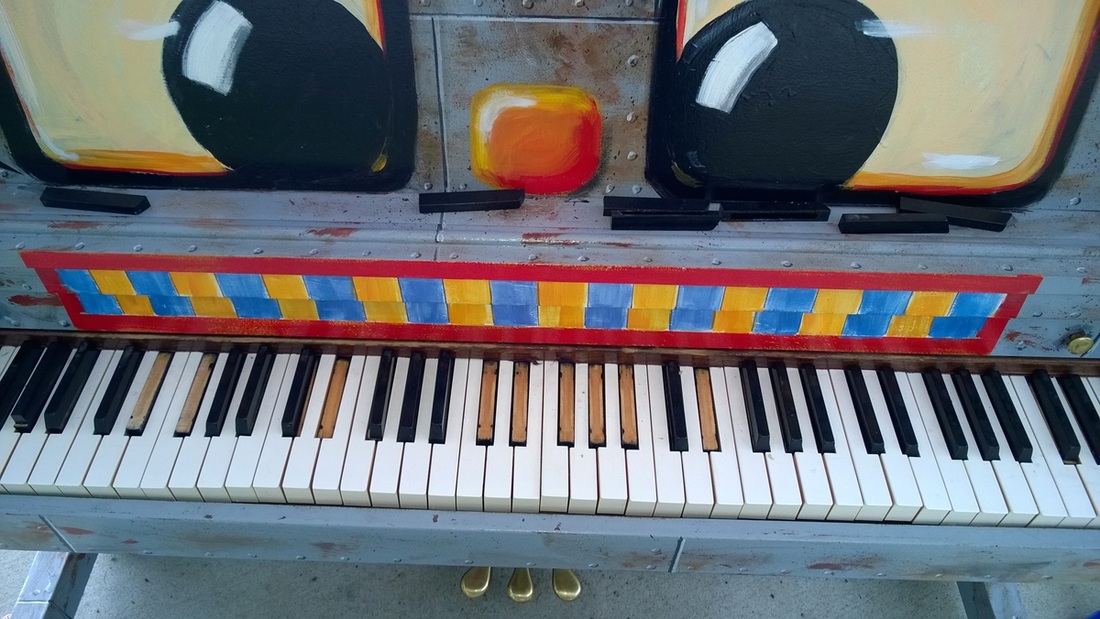



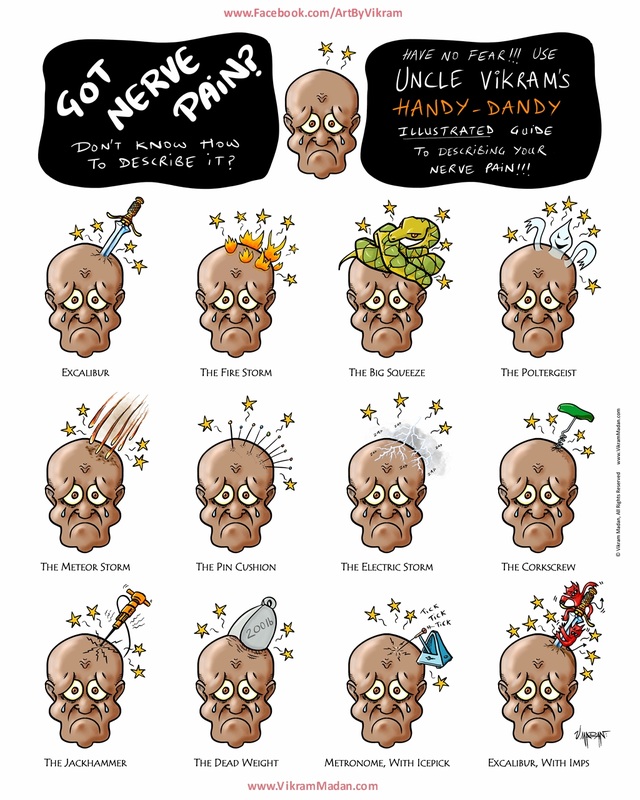
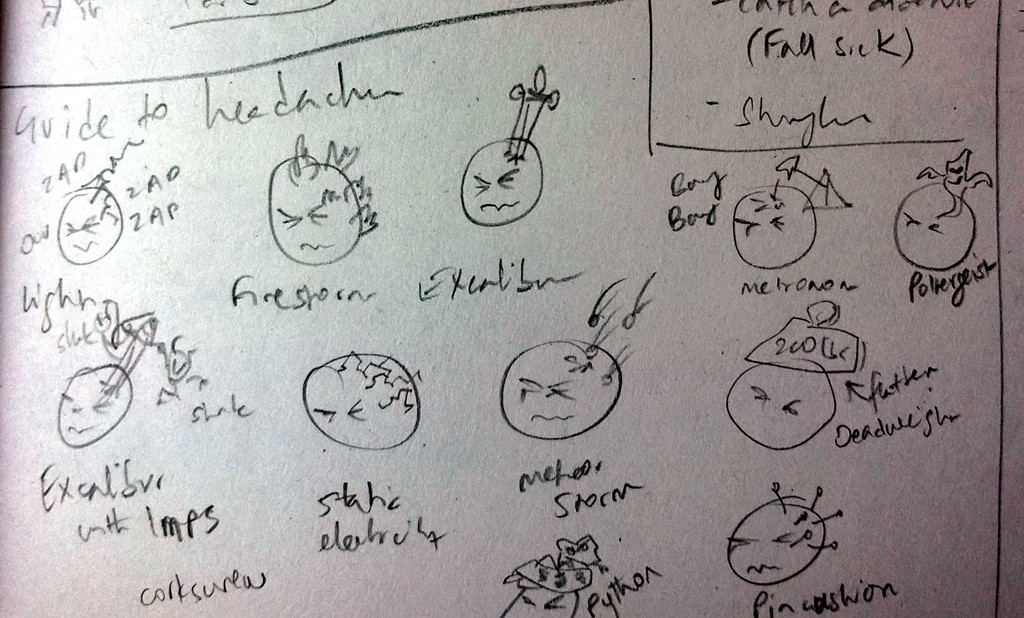
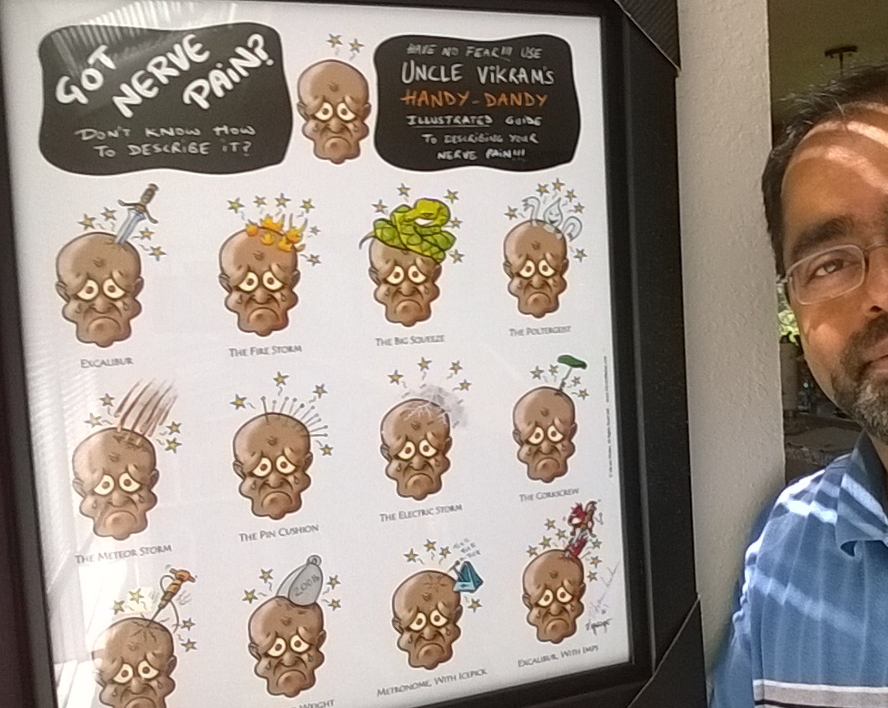

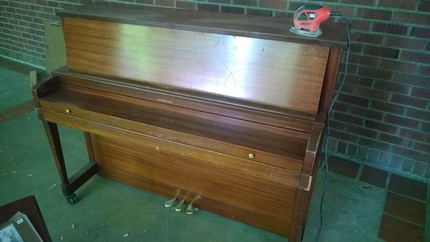
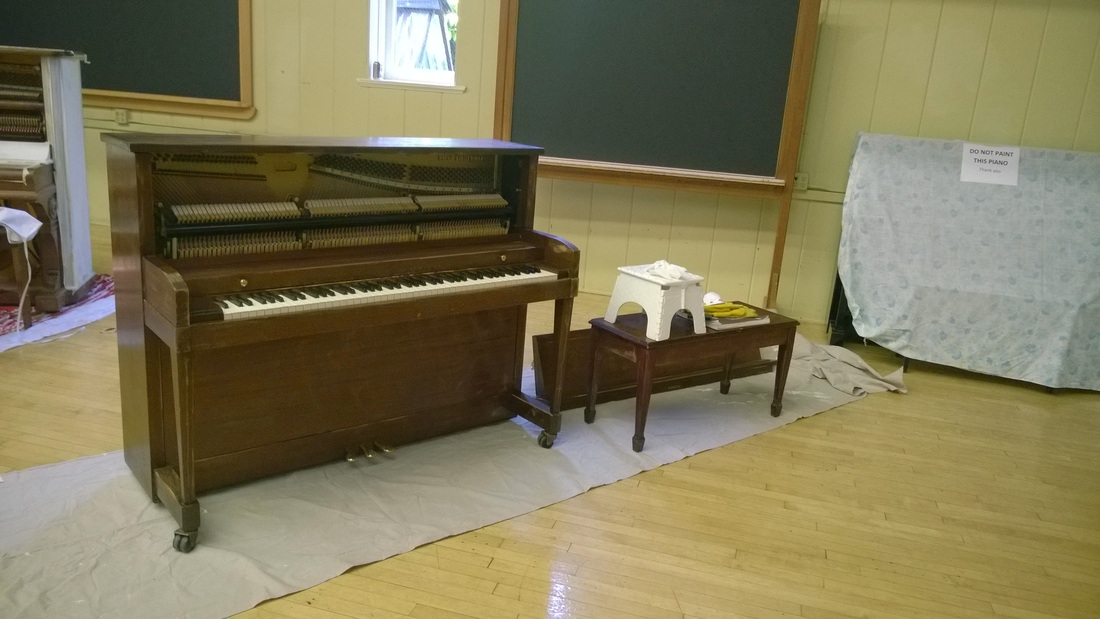
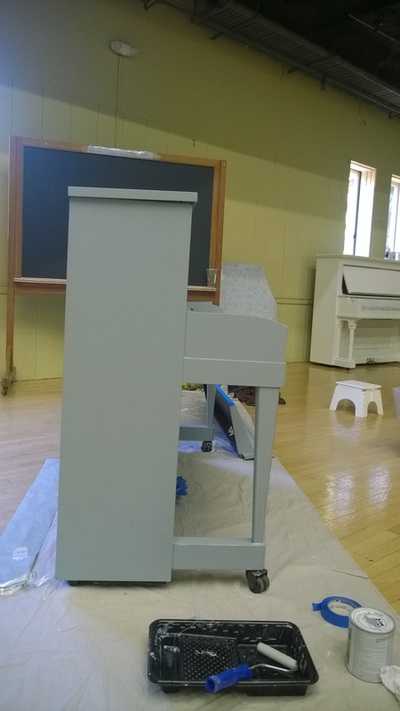
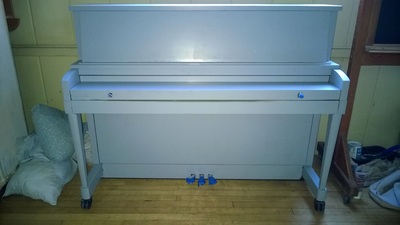

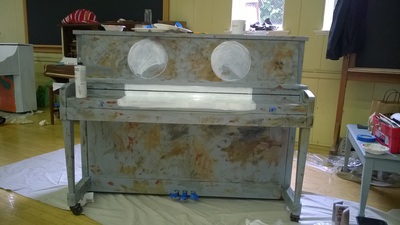





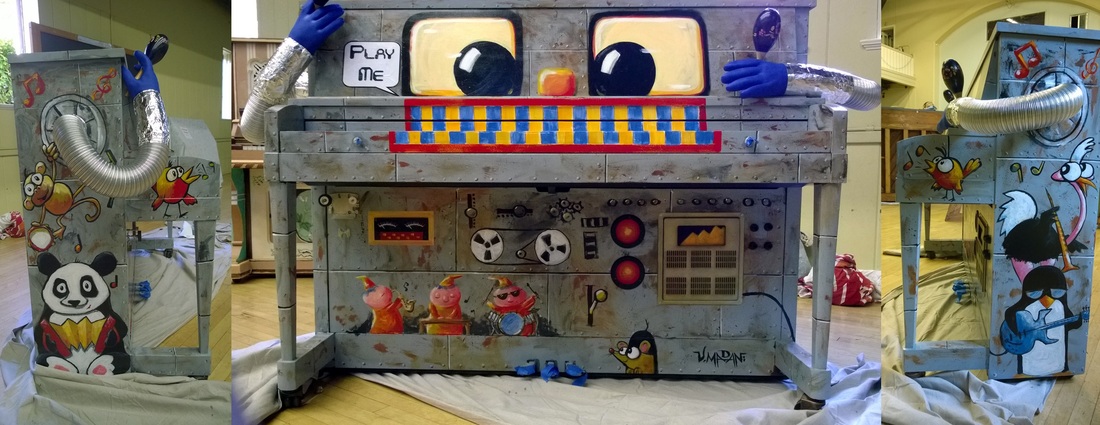
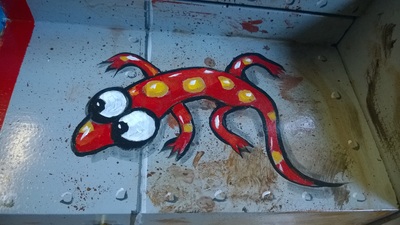
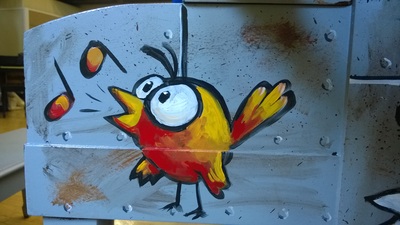

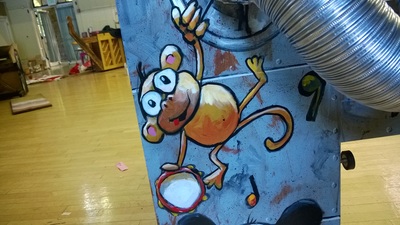
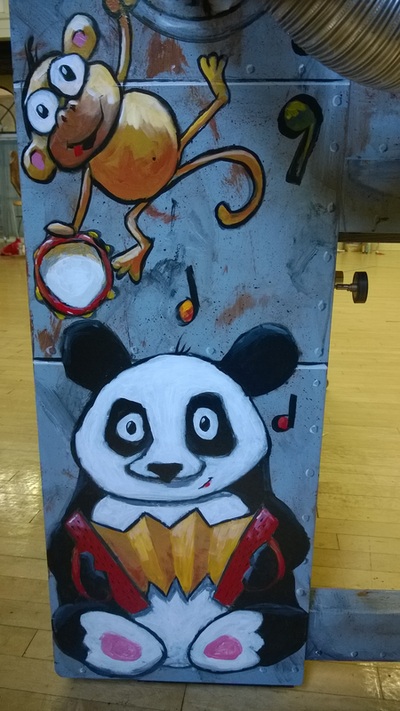

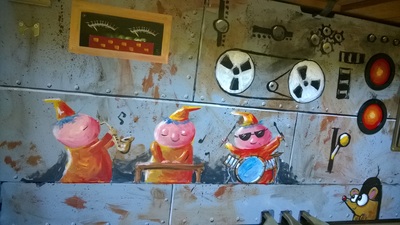

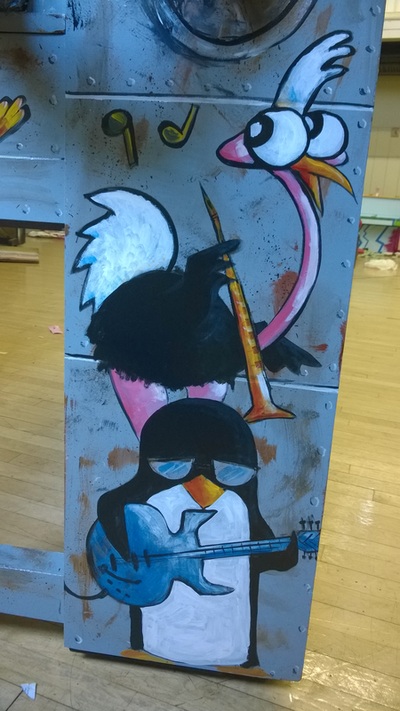


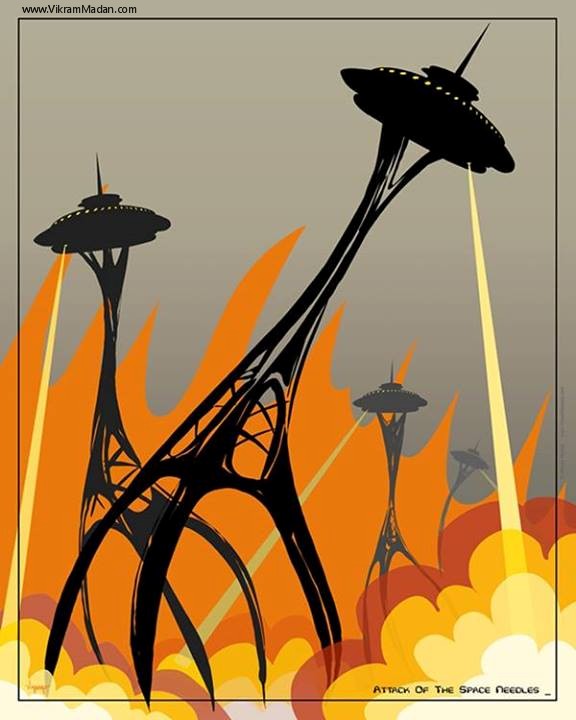
 RSS Feed
RSS Feed